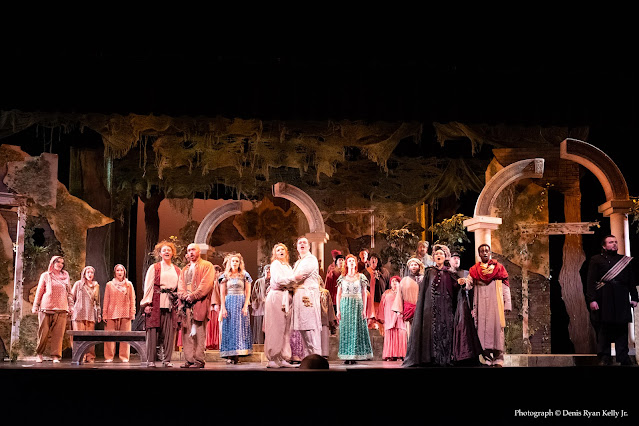Vital Information draws vigorously on piano-trio tradition across two discs

Steve Smith is at the center of Vital Information, Steve Smith says he wants to add some muscle to the piano-trio tradition, and the drummer has signaled the intentional transition by titling his Wounded Bird release "Time Flies." The title picks up the bebop pioneer Bud Powell's "Tempus Fugit," the familiar Latin phrase that means the same thing. The Powell tune is one of several by composers outside the Vital Information personnel, which includes keyboards player Manuel Valera and bassist Janek Gwizdala. George Garzone sits in on several tracks, lending the extra heft of his lusty tenor sax. A second disc, focused on this quartet configuration, centers on a loosely integrated suite, with compositional credits shared by all players. "A Prayer for the Generations" comprises eight parts. Those divisions don't carry titles, leaving the listener to interpret how the free-flowing sections fulfill the suite's ambitious title. I found "A Pra









